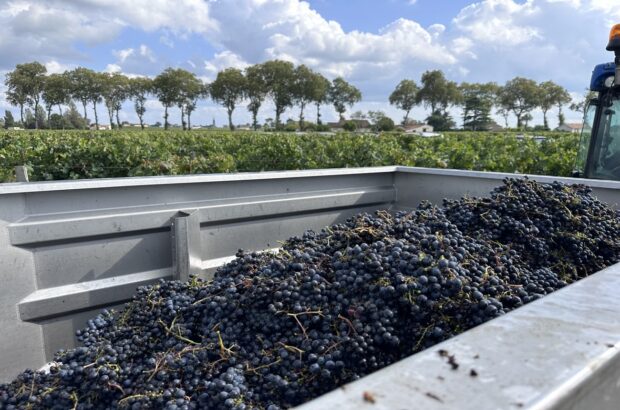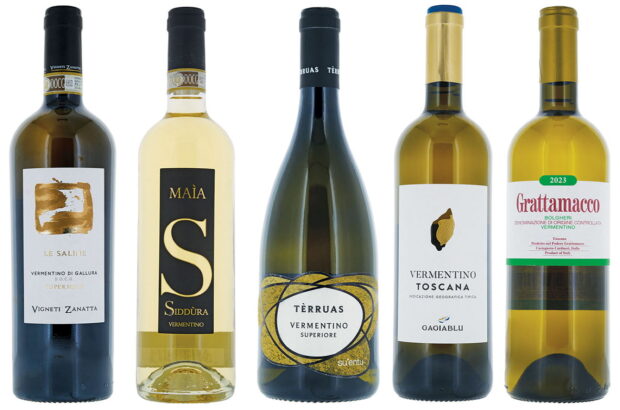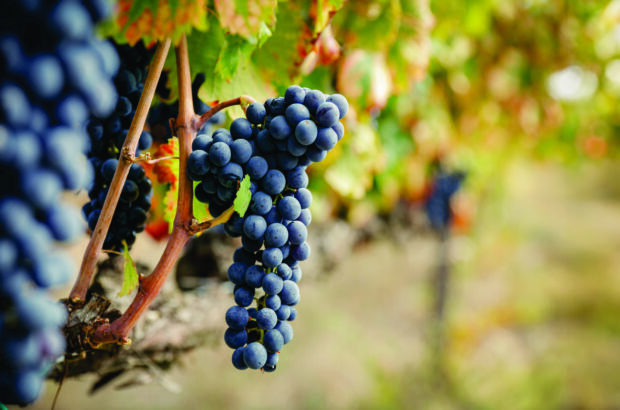Malaysian-born Mason Ng is wine director of Singapore wine lounge and wine academy Park90, leading a team of 19 sommeliers across Singapore, Taiwan and Japan. In 2019, Mason passed his Advanced Sommelier qualification and was crowned Best Sommelier of Singapore as well as South East Asia at the age of 24, the youngest in the history of the competition. In 2022, he won the title ASI Best Sommelier of Asia & Oceania, the only candidate in southeast Asia to have won this competition.
His next aim is to qualify as a Master Sommelier.
When it comes to choosing my coup de coeur for this, it’s an easy decision – it has to be the wines of Jura in eastern France, and in particular the reds.
Jura has traditionally been known for two main things: excellent Comté cheese and its classic accompaniment vin jaune (a sensational pairing). This oxidative white wine, made from Savagnin, shows notes of straw, hazelnuts and fenugreek, backed by an extremely fresh and vibrant acidity – a wine for connoisseurs.
Located in the mountains between France and Switzerland, the region is extremely cold – white grapes have always had to strive here, producing wines of precise acidity as well as profound minerality – perfect for vin jaune. But global warming means that we are also seeing the three main red grapes of Jura – Pinot Noir, Ploussard (or Poulsard) and Trousseau – gain more attention as they can now achieve the ripeness required to produce stunning, well-balanced red wines with good colour and body. Vineyards once deemed to produce unpleasurable wines due to a lack of ripeness are coming into their own.
Elegant alternative
Just consider the effect that climate change is having in Burgundy. Looking at the 2018 vintage onwards, wines are becoming bigger, bolder and in some vineyards overripe, and it is time to look for cheaper and lighter alternatives in case Burgundy falls – heaven forbid.
I love my Burgundies but, in truth, the prices today are quite nonsensical on the secondary market and the only sane way to enjoy Burgundies is to travel all the way to the source: an unrealistic prospect for wines for daily pleasure. Jura Pinot Noirs are the closest I’ve found in terms of providing the attractions of a light, delicate, elegant Pinot Noir, hence my ‘Burgundy alternative’.
The other two native red grapes of Jura are Ploussard and Trousseau, both with no direct comparison to other grapes, in my view. They produce light, fresh and pure reds – similar to rosé in character, but with greater depth and complexity. These are wines to satisfy the soul on an afternoon when one needs a simple red with absolutely no tannins whatsoever.
I love to bring out these wines when diners need a pairing for fish – the first reaction is invariably doubtful, which transforms into fascination and approval when they try the wine.
So I urge any reader unfamiliar with the red wines of Jura to give them a try – with or without fish. These are wines that remind us not all reds need to be serious, complex or oaked. For a red that is affordable, light and refreshing, look no further than the region of Jura.
Discover Jura reds: Mason’s three to try
I’m recommending one wine each to showcase Jura’s three main red varieties. François Rousset Martin’s Cuvee 909 Pinot Noir (2019, £52.15 Natty Boy Wines) is light, fragrant and delicate without being too acidic or watery, a perfect example of Pinot Noir from Jura that shows structure, ripeness and, most importantly, freshness. I liken this to some examples of Volnay, with a bit more sour cherry character.

Next, the Domaine des Marnes Blanches, Côtes du Jura Trousseau (2021, £44.50 Natty Boy Wines), typical of the grape, very light and fragrant, with notes of raspberries, redcurrants and sour cherries. A wine with virtually no tannins, this is almost like a rosé in character, but way more enjoyable than most rosé wines. Almost Riesling-like acidity levels make it a great pairing for salmon, or even fish in red wine sauce, a classic French dish. It debunks the myth that red wine can’t be paired with fish.

Last but not least, Domaine Bornard’s Point Barre Ploussard (2020, £48-£58 Native Vine, Pure Wines, Terra Wines). This is the most ‘natural’ in style of the three, slightly funky to some who are not accustomed to natural wines – but extremely clean in style, nonetheless. The body and structure is very similar to the Trousseau – light, delicate and fragrant – but the fruit profile is wilder. Red fruits such as strawberries, raspberries and notes of orange peel and spices seem to float above the glass.













